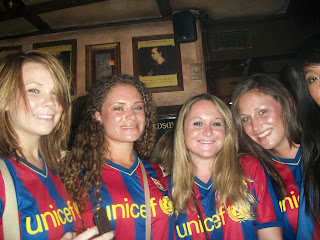Barcelona is home to a plentiful amount of museums that contain beautiful pieces from extremely famous and influential artists; many of which are of Spanish descent. The Picasso Museum contains more than 3,800 works in the permanent collection. The museum offers an insight about the man behind the brush and reveals his deep connection that he has had with Barcelona from a child up until his death. The museum also contains the entire collection of Las Meninas; one of his famous collections. La Padrera is another amazing museum and is the second most visited museum, after the building of Sagrada Familia. The building is the museum, which was constructed by Antoni Gaudi. The once apartment building is constructed with unusual shapes and figures. It also contains renaissance drawings and modern art paintings.
The city also contains the Catalan National Art Museum, which offers information about the cities past and the culture. There is also an official FC Barcelona museum, which highlights all of the great achievements and history about the amazing futbol team. Another different form of art in Barcelona that is extremely popular and fun to watch is the dance of flamenco. The dance originated in Andalucía and has become very popular all over Spain. The typical instruments used are the flamenco guitar, classical guitar, and singing. There are numerous venues in Barcelona in which you can dine, drink, and watch this fantastic dance.
Flamenco  |
| Flamenco Dancer |
 |
| Picasso La Padrera Las Meninas Original Las Meninas- by Diego Velazquez |


































